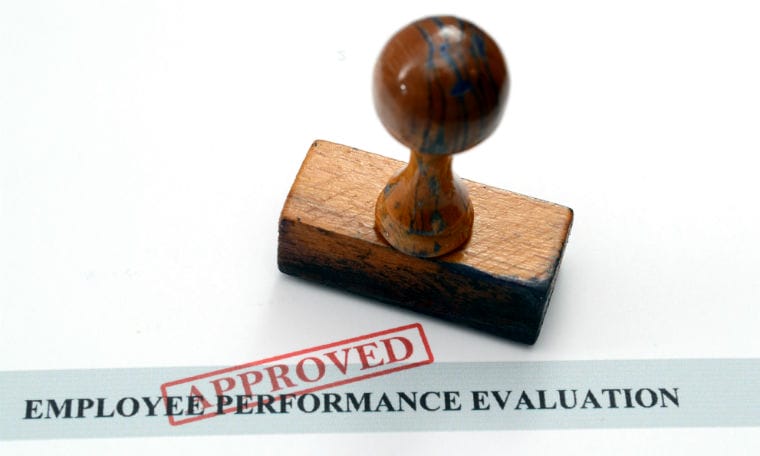Staffing Management
The Automation of Performance Measurement
By Sarah Fister Gale
Nov. 8, 2018
Performance measurement has long been viewed as a necessary but torturous part of the talent management process.

Historically, this process has been shaped by awkward and time-consuming end-of-the-year performance ratings that often feel more like criticism than coaching and rarely result in any meaningful changes in behavior. However, over the past several years the performance measurement process has been evolving.
“The big question today is, ‘Do we even need performance ratings?’ ” said Bhushan Sethi, performance management analyst for PwC. He noted that many Silicon Valley firms have done away with ratings all together, while other companies are rating employees behind the scenes. “They still go through the rating process to figure out raises and bonuses,” he said. But they are eliminating the annual sit-down review.
While some HR leaders applaud this evolution, others believe it is counterproductive. “Proponents of the ‘no ratings’ fad hyped the movement using selective company examples,” noted Marc Effron, founder of the Talent Strategy Group and author of 8 Steps to High Performance. However for every success story, he pointed to companies like medical equipment maker Medtronic, Conagra Brands Inc., and American Airlines, which reversed course and re-installed ratings after their financial performance suffered. Effron also pointed to a 2016 Gartner study that shows companies that eliminate ratings actually see a drop in employee performance because managers don’t know how to manage without them.
Let Robots Do It
While the jury may be out on whether ratings are a necessary part of performance measurement, most HR leaders agree that a once-a-year review on its own is not effective. Instead, they are encouraging managers to provide more real-time feedback throughout the year so employees can adapt their performance and identify opportunities for improvement before their output is affected.
“Employees who want to be higher performers benefit from clear goals and more frequent coaching,” Effron said. But only if it’s done correctly. “Leaders need to improve their capability to set a few, very big, very challenging, very aligned goals for themselves and their team members.”
The demand for more real-time performance measurement has sparked HR technology vendors to embed rating tools, social feedback loops, 360 degree reviews and other performance measurement features in their platforms, or as standalone solutions.
“The trend is toward slick, user-friendly mobile tools to provide real-time feedback,” Sethi said. He pointed to PWC’s own custom-built Snapshots tool, which lets employees provide and request rapid reviews on five performance characteristics, including leadership ability and business acumen. Many of the enterprise software vendors and smaller boutique firms are building similar performance feedback tools to expand their platform.
“It’s the next wave of HR technology,” he said.
Sethi predicts that the next evolution of performance measurement tools will be fully automated, artificially intelligent bots that use machine learning algorithms to rate employee performance based on data, such as sales results, projects delivered, and feedback from managers. An automated solution could take the human bias out of the rating process while freeing managers to focus on coaching their people to improve performance and close gaps on the team, Sethi said. “This would be a much better use of their time.”
Schedule, engage, and pay your staff in one system with Workforce.com.
